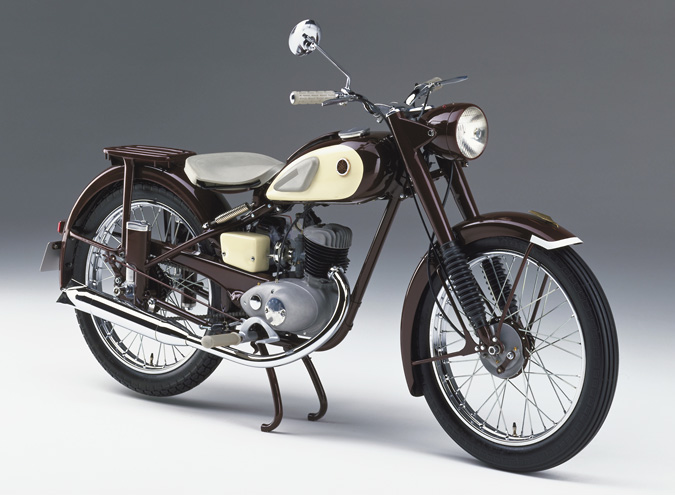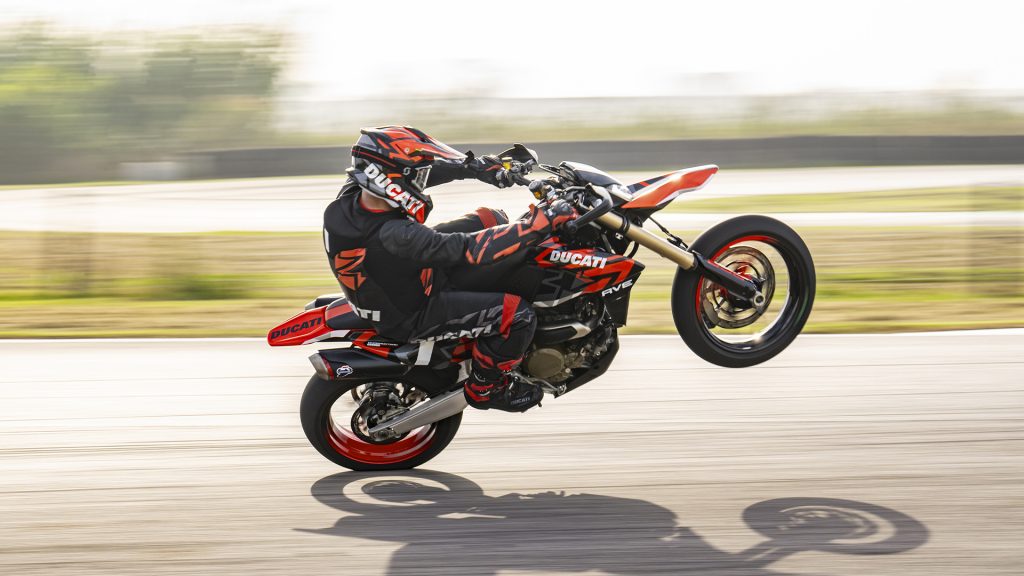The world of two-wheelers has witnessed the rise of several successful automotive brands, each with its unique story of inception. While some brands have conventional beginnings, others have surprising and unconventional origins that contribute to their success.
1. Yamaha
In 1887, Torakusu Yamaha, a skilled craftsman and watchmaker, was tasked with repairing a reed organ at Hamamatsu, a small town in Japan. Impressed by his work, the local school principal asked him to build a new one, marking the beginning of Yamaha’s journey in the world of musical instruments.
In 1897, Yamaha built its first grand piano, expanding its portfolio beyond reed organs. The company’s commitment to quality and precision in musical instrument manufacturing established Yamaha as a reputable name in the industry. The pivotal moment in Yamaha’s history occurred in 1953 when Genichi Kawakami, the third president of the company, decided to venture into the production of motorcycles. This move was a response to the post-World War II economic landscape in Japan, which saw a growing demand for affordable and efficient transportation.


The first motorcycle produced by Yamaha was the YA-1, a 125cc two-stroke bike that showcased the company’s engineering prowess. With the YA-1’s success in racing and on the market, Yamaha quickly gained a reputation for high-performance motorcycles. The transition from musical instruments to motorcycles proved to be a strategic and successful move, establishing Yamaha as a major player in the global motorcycle industry.
2. Piaggio
Piaggio’s story begins in the aftermath of World War II, a time of reconstruction and transformation. The company was founded by Rinaldo Piaggio in 1884 as a manufacturer of locomotives and railway carriages. However, the devastation caused by the war prompted a strategic shift in Piaggio’s focus.
In the late 1940s, with Italy rebuilding its economy and the demand for affordable transportation growing, Rinaldo Piaggio’s son, Enrico Piaggio, envisioned a new mode of personal mobility. He aimed to create a practical and economical vehicle that could navigate the narrow streets of post-war Italy.
In 1946, the iconic Vespa scooter was born. The Vespa’s design, conceived by aeronautical engineer Corradino D’Ascanio, was innovative and functional, providing riders with a comfortable and accessible mode of transportation. The Vespa quickly became a symbol of style, freedom, and affordability. Its success not only revitalised Piaggio as a company but also played a significant role in the evolution of the scooter market globally.
3. Bajaj Auto
Bajaj Auto, initially established in 1926 as M/s Bachraj Trading Corporation Private Limited had its roots in the steel industry. The company was primarily involved in the import and trading of steel. However, the shift into the production of motorcycles occurred in 1945.
The transformation came under the leadership of Jamnalal Bajaj, the founder of the Bajaj Group. After the end of World War II, there was a growing demand for affordable and efficient transportation in post-independence India. Recognising this need and foreseeing the potential of the burgeoning two-wheeler market, Bajaj Auto made a strategic decision to enter the field of manufacturing motorcycles.
In 1945, Bajaj Auto acquired the manufacturing licence for two-wheelers and began production. The company’s first foray into motorcycles was marked by the production of a 150cc two-stroke vehicle. This marked the beginning of Bajaj’s illustrious journey into the world of motorcycles, and over the years, the brand became a household name.
4. Ducati
Ducati, the Italian motorcycle manufacturer, has a compelling history that led to its foray into producing bikes. The company, founded in 1926 by the Ducati brothers, initially focused on the production of radio components and other electronics. It wasn’t until the aftermath of World War II that Ducati’s trajectory took a surprising turn.
The devastation of the war left Ducati’s production facilities in shambles, and the company faced the challenge of rebuilding. In the early post-war years, the demand for radio components declined, and Ducati needed a new direction to survive. It was at this critical juncture that the decision was made to diversify into the production of motorcycles.
Ducati’s first motorcycle, the Cucciolo, was introduced in 1950. The Cucciolo, meaning “puppy” in Italian, was a small and efficient auxiliary motor that could be attached to bicycles. This marked Ducati’s initial step into the motorcycle market. As time progressed, Ducati evolved and became renowned for producing high-performance motorcycles, particularly in the sport and superbike categories.
5. Suzuki
Suzuki’s inception involves a fascinating story of innovation and adaptation. The Suzuki Motor Corporation, founded in 1909, has its roots in the creativity of its founder, Michio Suzuki. The company initially started as Suzuki Loom Works, a manufacturer of weaving looms for the booming silk industry in Japan.
Michio Suzuki’s keen engineering skills became evident when he designed a revolutionary new type of weaving loom that allowed for automatic changing of shuttles. This innovation garnered significant attention and success for the company. However, in the face of changing market demands and a decline in the silk industry, Suzuki faced a critical moment.
In 1937, with an eye toward diversification, Suzuki decided to venture into the automotive industry. The company began developing a small car prototype called the Suzuki Suzulight. This marked Suzuki’s official entry into the world of four-wheeled transportation.
The Suzulight was introduced in 1955, showcasing Suzuki’s commitment to producing compact, fuel-efficient vehicles. This foray into the automotive sector proved to be a transformative move for the company. Over the years, Suzuki expanded its product line to include motorcycles, outboard motors, and other motorised products, becoming a global force in the automotive and powersports industries.
Whether born out of a garage, a music instrument company, or an aviation manufacturer, these brands have demonstrated resilience, adaptability, and a commitment to innovation, propelling them to the pinnacle of the motorcycle world.

